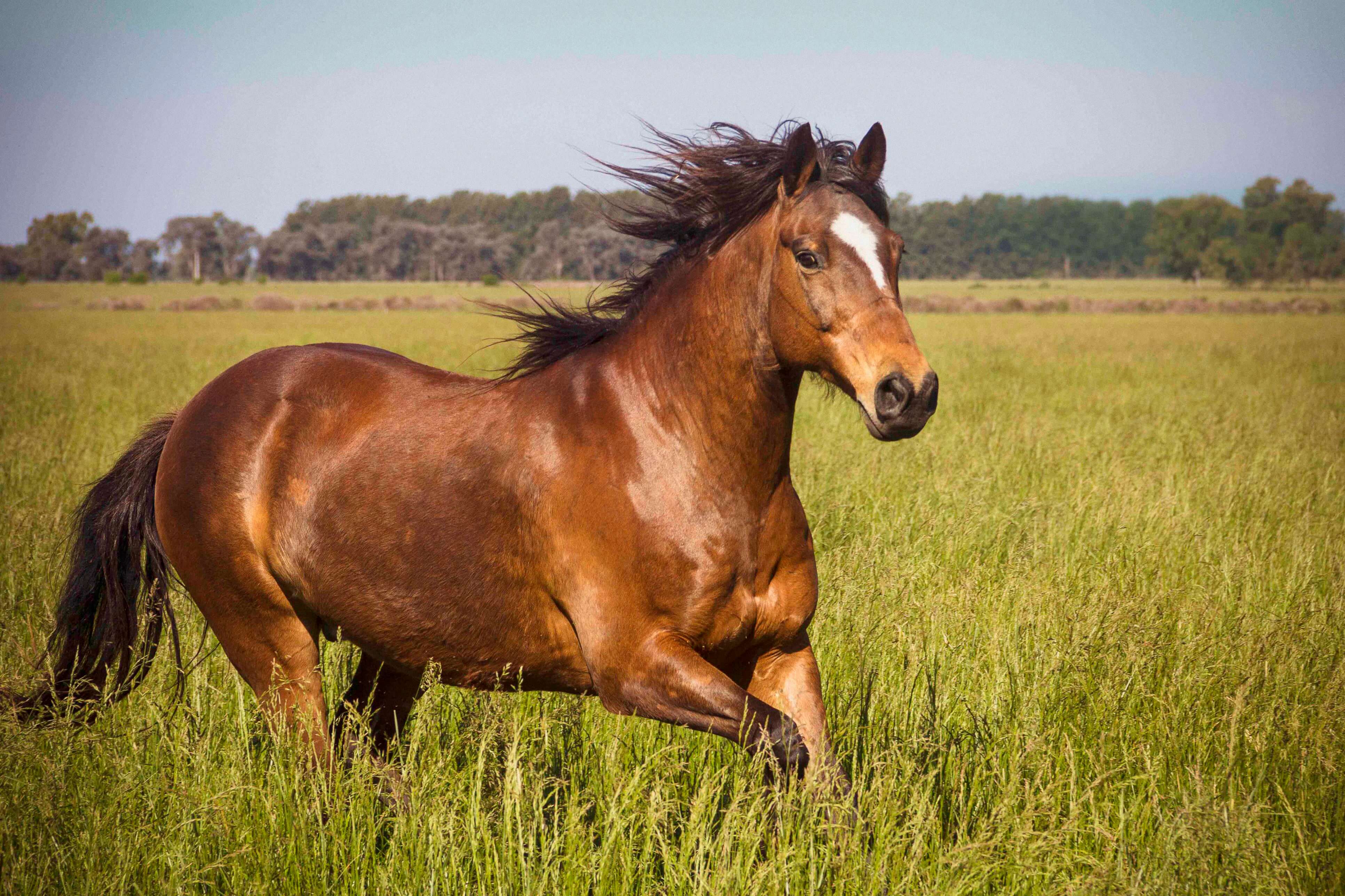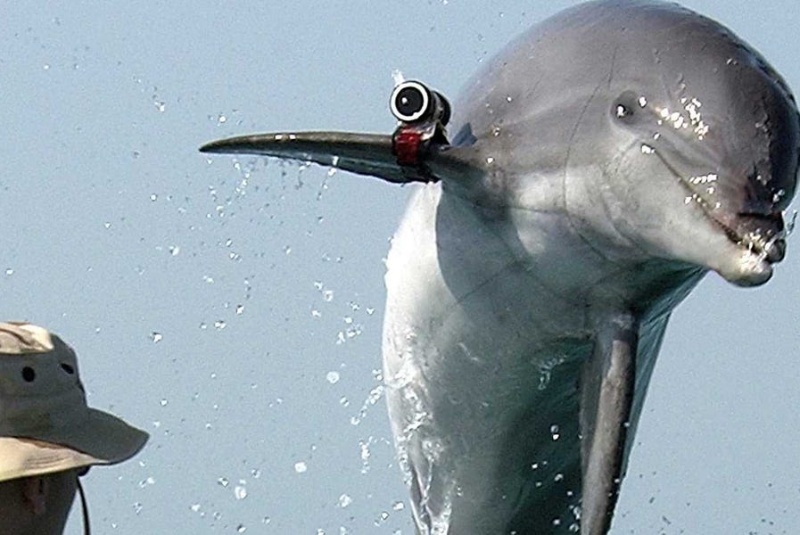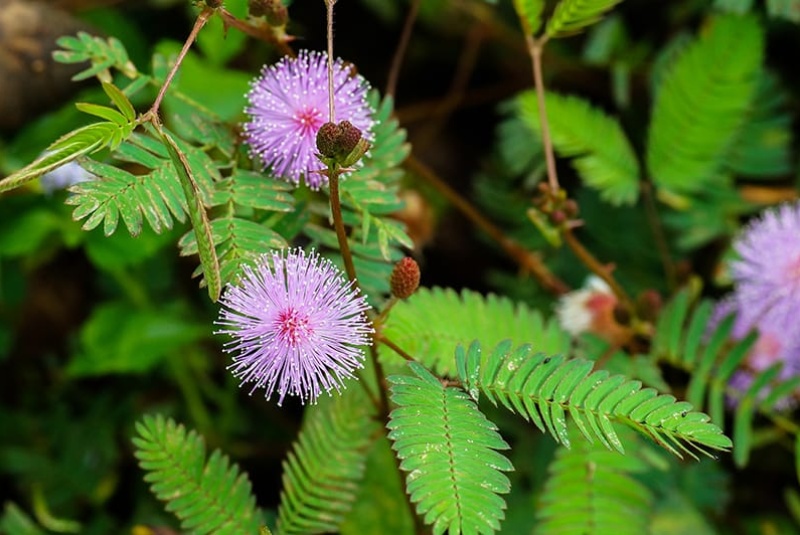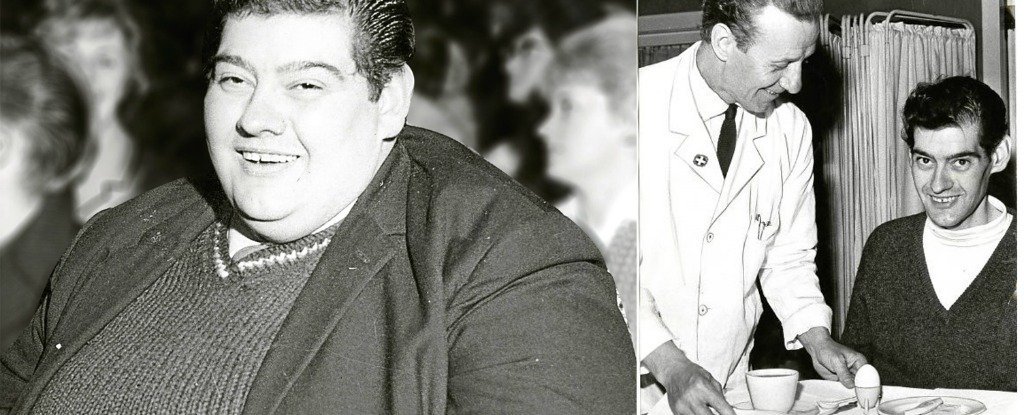For millennia, horses have galloped through the annals of human history, not as mere beasts of burden, but as vital partners in the evolution of civilization. Their hooves have shaped the contours of human progress, from the furrows of ancient fields to the cobblestone streets of burgeoning cities and the tumultuous grounds of countless battlefields. The bond forged between man and horse is as old as civilization itself, a testament to a symbiotic relationship that has withstood the test of time.

The unique connection shared by horses and humans transcends mere utility. It is a complex dance of emotional intelligence and mutual respect, a dialogue that speaks to the heart of what it means to communicate across species lines. It is an intricate language of gesture and affect, a conversation that involves not just the voice, but the entire being.
This dialogue between human and horse has always been characterized by a remarkable emotional component. Any seasoned equestrian can attest to the nuanced manner in which a horse conveys its feelings. It's a language of subtlety—a twitch of the tail, a shift of the eye—each a wordless expression of sentiment. And within these silent exchanges lies a world of mutual understanding.
However, the conduit of emotion does not flow in a single direction. As much as humans have learned to interpret the emotional signals of their equine companions, so too have horses become adept at deciphering the moods of their human counterparts. It is a testament to their emotional acuity, a skill that has profound implications for the nature of their domestication.
Horses, magnificent as they may seem today, hail from a lineage of wild stallions and mares. Their ancestors were creatures of the open plains, living in tight-knit bands where social hierarchies were the order of the day, and emotional communication was vital for survival. It was in this wild crucible that the equine ability to read emotional cues was forged—a legacy that lives on in their domesticated descendants.
In our modern era, horses no longer roam the vast, untamed landscapes of yesteryear, but the echo of their wild past still resounds in their interactions with humans. A horse's response to the subtleties of human behavior—the tone of our voice, the tension in our touch, the rigidity of our posture—is rooted in this ancient social intelligence. These creatures, which have become emblematic of grace and strength, have seamlessly integrated into the human 'herd,' responding to us as if we were members of their own.
The profundity of this connection is further evidenced by recent scientific inquiries into the depth of horses' emotional comprehension. In a fascinating study, researchers presented horses with large photographs of human faces, each conveying distinct emotions—a cheerful smile contrasted with a scowl of anger. Remarkably, the horses could not only distinguish between these expressions but also seemed to understand their implications. This skill, once thought to be the exclusive domain of domesticated dogs, places horses in a rarefied group of animals capable of such sophisticated emotional recognition.
The discovery that horses can read human facial expressions raises compelling questions about the origins of this ability. Is it an ancient trait, a vestige of their wild past that has been repurposed for life alongside humans? Or is it a newer attribute, honed through generations of domestication and close human contact? The answer may lie somewhere in between, an interweaving of inherited instinct and learned behavior that exemplifies the adaptive nature of these magnificent animals.
As we delve deeper into the cognitive world of horses, it becomes increasingly clear that our relationship with them is not founded on dominance or subservience, but on an intricate understanding of shared emotions. This revelation not only enhances the way we train and interact with horses, but it also enriches our appreciation of their place in the tapestry of life.
To fully grasp the extent of horses' emotional intelligence, we must consider their capacity for empathy. Empathy, the ability to understand and share the feelings of another, is a cornerstone of social interaction within species. In the context of human-horse relationships, it manifests in the way horses adjust their behavior in response to the emotional state of their human handlers. They are sensitive to our joys and our anxieties, our confidence and our fears. This empathetic connection has profound implications for the therapeutic use of horses in addressing human psychological and emotional disorders. Equine-assisted therapy programs have garnered recognition for their effectiveness, largely due to the empathetic bonds that form between horses and participants. The ability of horses to offer comfort and connection to those struggling with mental health challenges is a powerful testament to their emotional acumen.
To understand the full scope of horses' emotional intelligence, we must also explore their ability to form bonds with other horses and with humans. These bonds are not merely functional; they are deeply emotional. Horses grieve the loss of companions, they exhibit joy upon reunion, and they establish long-lasting affiliations based on mutual trust and affection. Such behaviors indicate a complex emotional landscape, one that mirrors the social and emotional bonds humans form with each other.
The implications of horses' emotional intelligence extend into the realm of how we care for and manage these animals. Recognizing their emotional needs means providing environments that allow for social interaction, mental stimulation, and the expression of natural behaviors. It means training methods that emphasize positive reinforcement and understanding, rather than coercion and fear. It means redefining the human role from one of mere dominance to one of partnership and guidance.
In the end, our journey into the emotional world of horses is a reflection of our own humanity. It challenges us to consider the moral responsibilities that come with our stewardship of another living being. It invites us to ponder the depth of our kinship with creatures that, despite their power and size, seek a harmonious accord with us. And it inspires us to look beyond our own species, to find connection and commonality with the vast and varied tapestry of life that shares this planet with us.
The partnership between humans and horses is a dialogue of emotion, a conversation that has been ongoing for over five millennia. As we continue to explore this dialogue, we find that it speaks not only of the past but of a shared future—a future where understanding and empathy guide the steps we take together. And as we listen to the gentle whisper of the horse's breath, the soft nicker of contentment, we are reminded of the power of connection, of the silent language that unites us in a bond as enduring as the stars.




